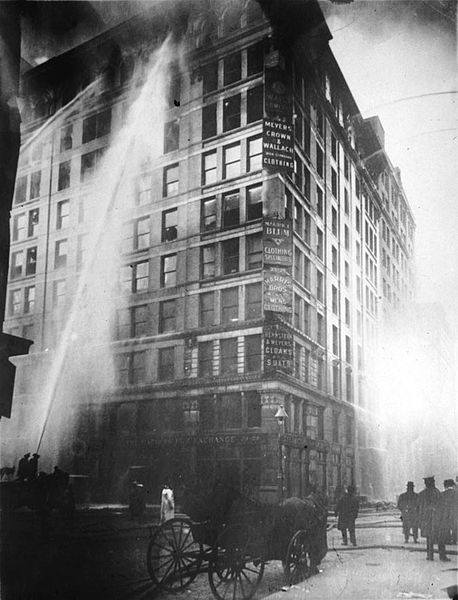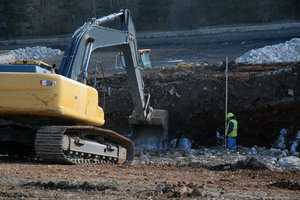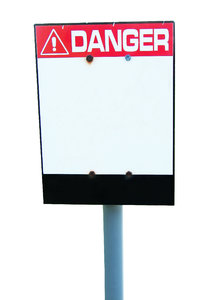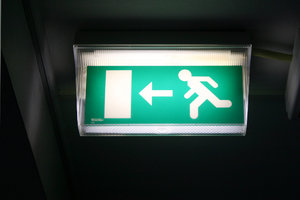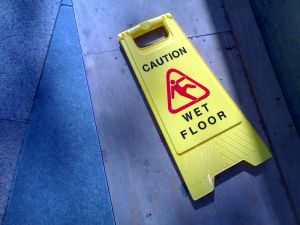On October 24, we wrote about the Top 10 Work Accidents in 2012. Problems faced by workers leading to accidents included a number of different health and safety violations, including inadequate fall protection, communication problems, inadequate respiratory protection and dangerous scaffolding, among other issues.
Understanding each of these workplace risks is essential for workers and employers. By taking a look at top causes of injuries, employers can institute policies and safety procedures to hopefully help to reduce the number of workplace deaths that are occurring. Likewise, workers can be aware of the dangers they face and exercise extra caution. 
To help both workers’ and employees better understand the risks in the workplace, our Quincy workers’ compensation lawyers will be taking a closer look at some of the top hazards workers face. Since there were close to 7,500 safety violations related to fall protection in 2012, we’ll start by taking a look at falls.
The Workplace Dangers of Falls
The Occupational Safety and Health Administration (OSHA) has a number of worker protection laws in place that are designed to make workplaces safer. Among the requirements set forth by OSHA are those found in 29 CFR 1926 Subpart M . This federal law imposes a requirement that employers provide a guardrail, safety net or personal fall arrest system when workers are in an environment where they could fall six feet or more.
Unfortunately, despite OSHA’s regulations, falls still occur frequently and are a major source of worker injuries. In fact, according to the 2011 Liberty Mutual Workplace Safety Index:
- Falls onto the same level and falls onto a lower level were both on the top 10 list of disabling injuries in 2009.
- Falls on the same level accounted for 15.8% of the workplace injuries that were considered disabling in 2009. Falls on the same level are situations where a worker trips or otherwise takes a tumble but does so without falling from a great height.
- The costs of treatment and lost productivity for falls on the same level was equal to $7.94 billion in 2009.
- Falls onto a lower level, such as falls from scaffolding to the ground or falls down a hole or embankment, accounted for 10.7 percent of disabling workplace injuries that workers suffered in 2009.
- Falls onto a lower level resulted in costs of $5.35 billion in 2009.
These statistics reveal just how many workers are affected by falls in the workplace each year. While there may be nothing to do to prevent some of these falls, workers and employers can take a number of steps including:
- Cleaning up all wet services immediately to avoid a potential slip-and-fall.
- Keeping workplaces clean and free of debris and other items that could get in the way of a worker or increase the fall risk
- Provide assistance in reaching items on high shelves or avoid storing items in areas where some workers have to strain to reach
Employers should also have safety policies and requirements in place related to fall protection gear in order to help workers to stay safe.
Continue reading
 Massachusetts Workers Compensation Lawyers Blog
Massachusetts Workers Compensation Lawyers Blog


